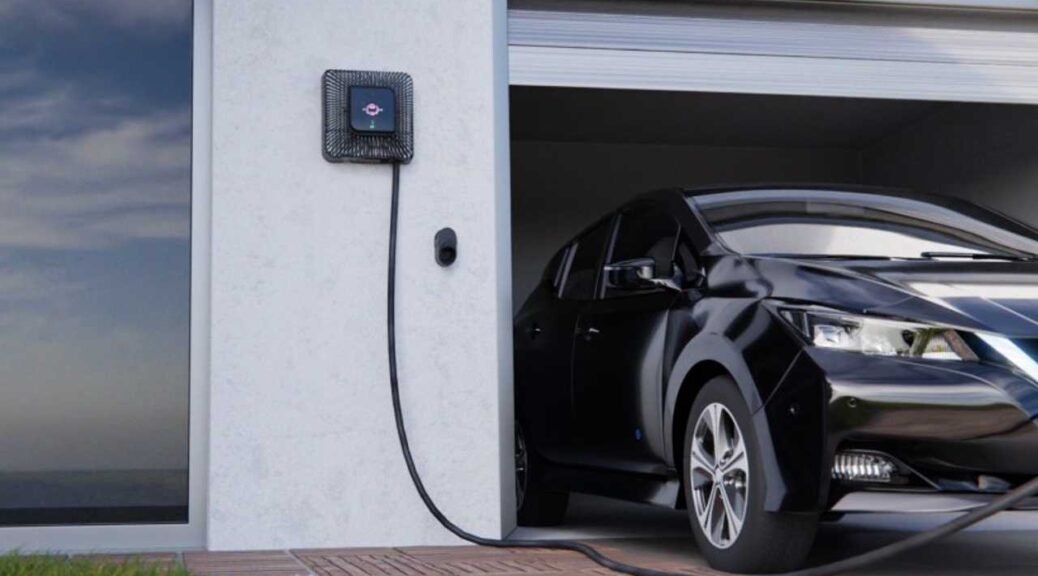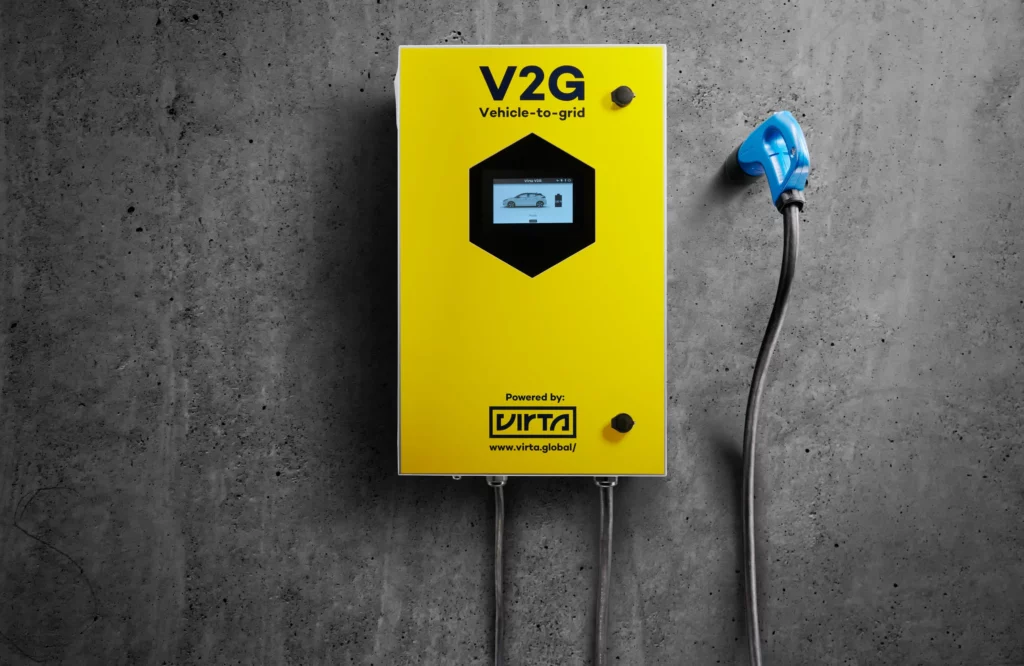
In September 2020, in the midst of the COVID-19 pandemic, Belgium installed its first public bi-directional charging point. In April 2021, the first bi-directional charging plaza with ABB equipment was installed at SWECO, thanks to subsidies from the Flemish government. Recently, a private individual also invested in a Wallbox bi-directional charging point. So, bi-directional charging isn’t entirely new. The question now is whether the rise of bi-directional charging points is unstoppable, and will we all have one soon to use our car’s battery as a home battery pack? Or is this trend still a relatively limited phenomenon? Stroohm investigates the current situation and any remaining hurdles.
What is a bi-directional charger?
Bi-directional charging technology allows you to both charge and discharge your car. This means you can power your home or the electricity grid with your car’s battery. With this type of charging point, you can store solar energy during the day in your car’s battery and later use it yourself or sell it at a premium during peak times. Note: Your car must be compatible with this feature! Currently, only the Nissan Leaf, Mitsubishi Outlander PHEV, and older Kia Soul models support this, as they use an older connector called “CHADEMO.” The modern CCS connectors used in all current vehicles are not yet compatible with these bi-directional charging points. In other words, they are not yet usable for 99% of electric vehicles. There are whispers that some cars are technically equipped for this but are software-locked until a clear framework for activation is established.

What is required by the grid operator?
The grid operator federation Synergrid manages a list of all approved inverters that are allowed to inject electricity into the grid. This includes inverters for solar panels and now bi-directional charging points. You can find this list in document C10/26, where the Wallbox Quasar has recently been approved. There is also a reporting requirement for charging points with your grid operator. For safety reasons, bi-directional charging points must stop injecting power into the grid during maintenance work. Therefore, make sure to check which charging points are allowed to be installed.
Cost
Bi-directional chargers are not yet sold and installed in large quantities, and with a cost of €5,775, this new technology is significantly more expensive than a conventional charging point (€750 to €1,200). You won’t be able to recover the additional cost since you cannot optimize €5,000 worth of electricity with your battery yet. Once hourly rates are introduced, we will reach this turning point more quickly. Today, a cost of up to €3,000 is considered a financially viable investment. If frequent power outages occur, this investment is also associated with a comfort aspect, as your car can power your home for up to a week. This is why Japan encouraged the bi-directional charging of Nissan Leafs after shutting down their nuclear power plants.
Employer & Tax Authorities
Employees who think they can charge their car cheaply at the office to reduce their home energy bill will likely find it challenging to do so discreetly. Their electricity consumption will increase significantly. A good car policy includes clear agreements. In most cases, it will not be allowed to charge electricity at the office for private purposes. However, if the employer permits this, tax authorities may have a different opinion. This could be considered a fringe benefit that will be taxed, negating the benefit. Therefore, according to Stroohm, company fleets are more likely to discourage bi-directional charging due to the potential administrative and monitoring burdens.
Leasing Company and Warranty
Most electric vehicles are also company cars. Since bi-directional charging affects battery aging, leasing companies are unlikely to accept it (as they own the car!). Resale value is a crucial element in their pricing. Contracts are currently based on kilometers driven rather than the number of battery cycles. Automakers are not prepared for this either since their warranties are determined by kilometers driven. Stroohm expects many adjustments and limitations in terms of use and warranty from this perspective, which will limit implementation.
Conclusion
There are still several adjustments needed in the fleet sector to make bi-directional charging points common in professional fleets. However, it is clear that this technology will eventually prevail due to its many benefits for the energy transition.
Author: Bart Massin
